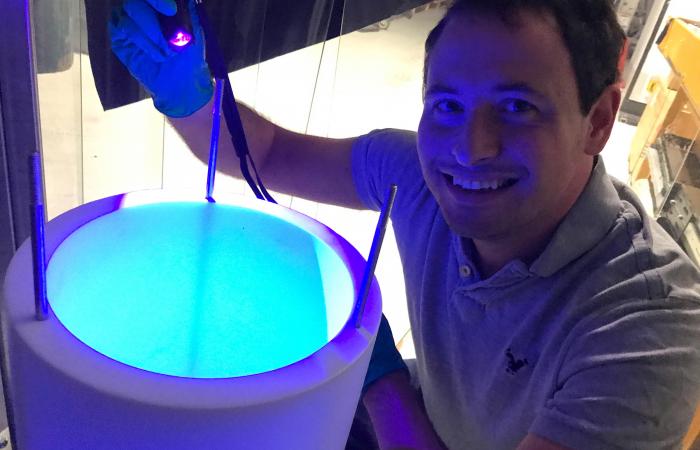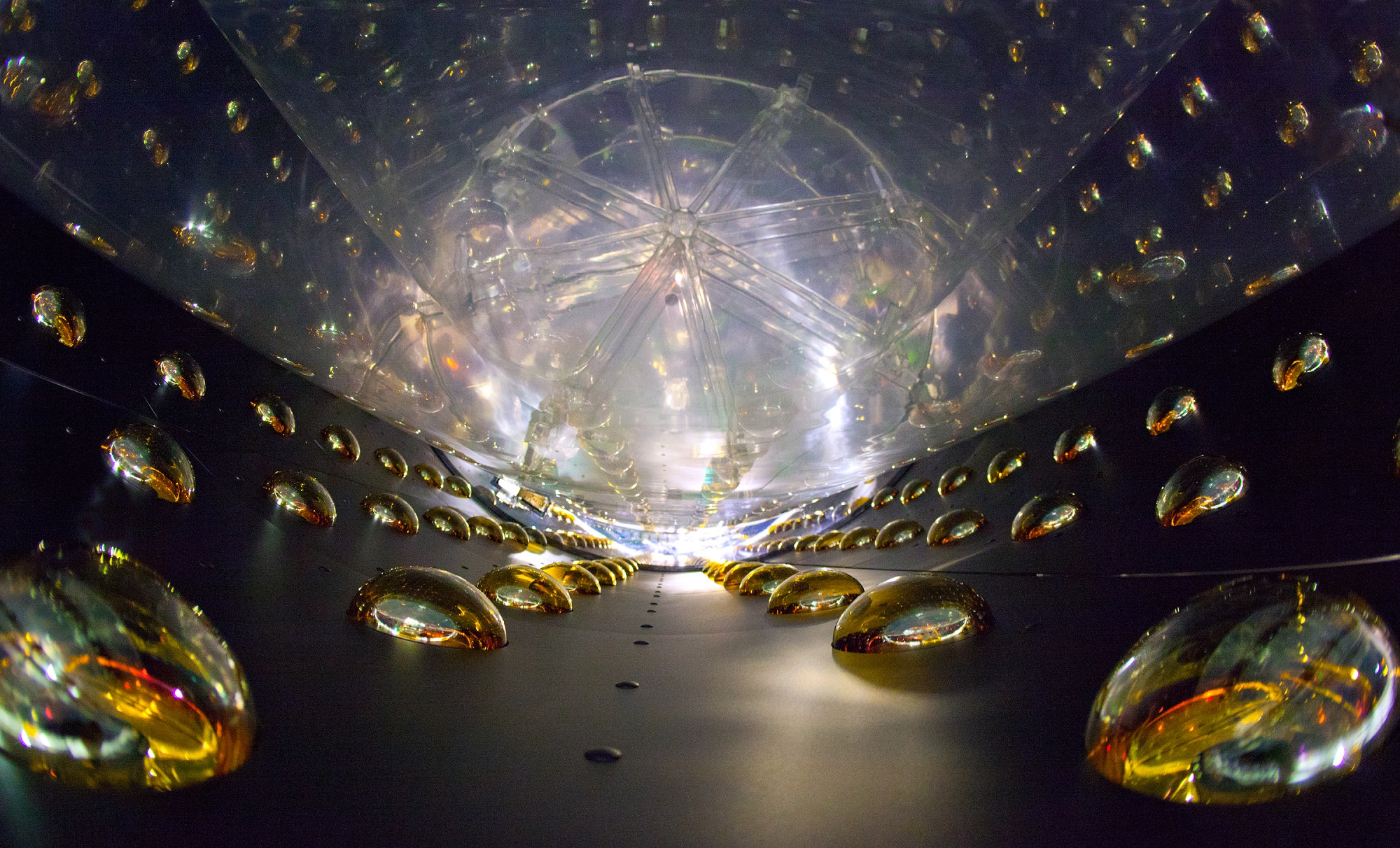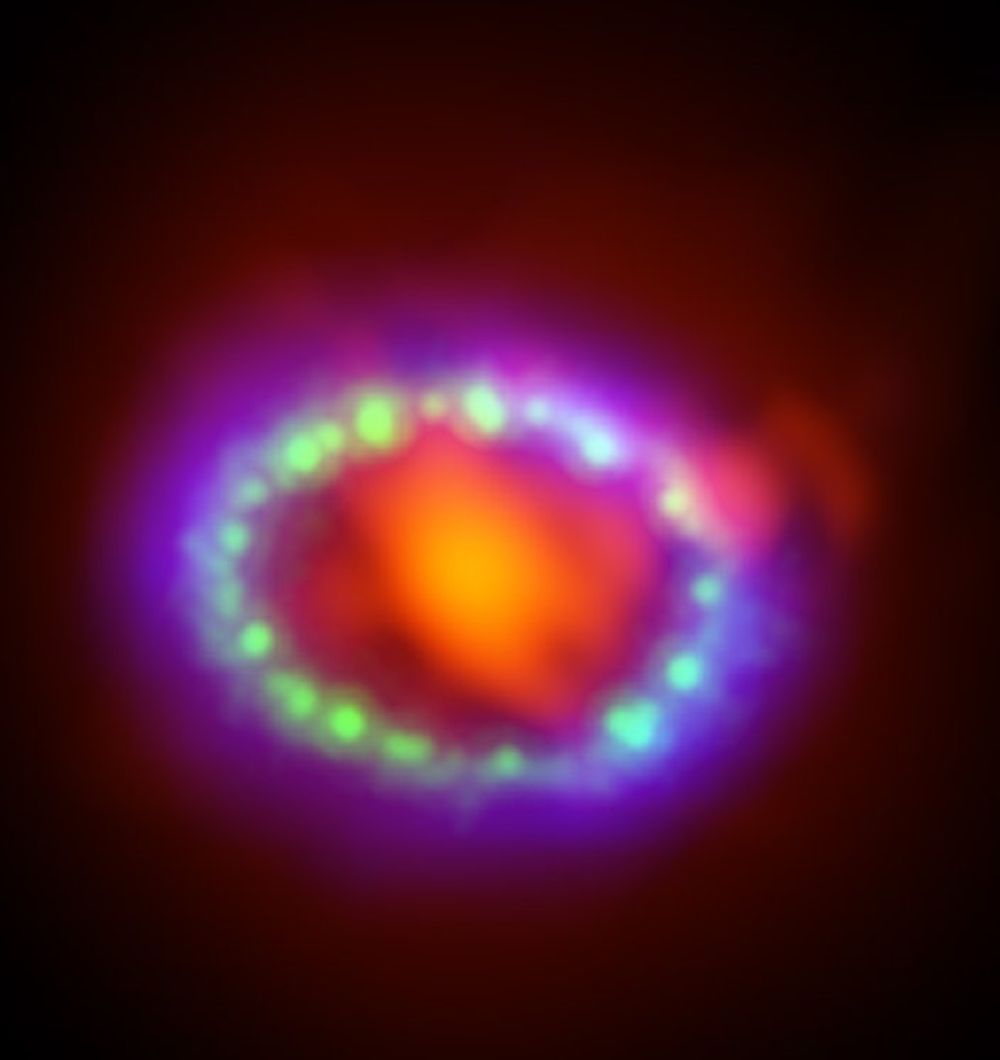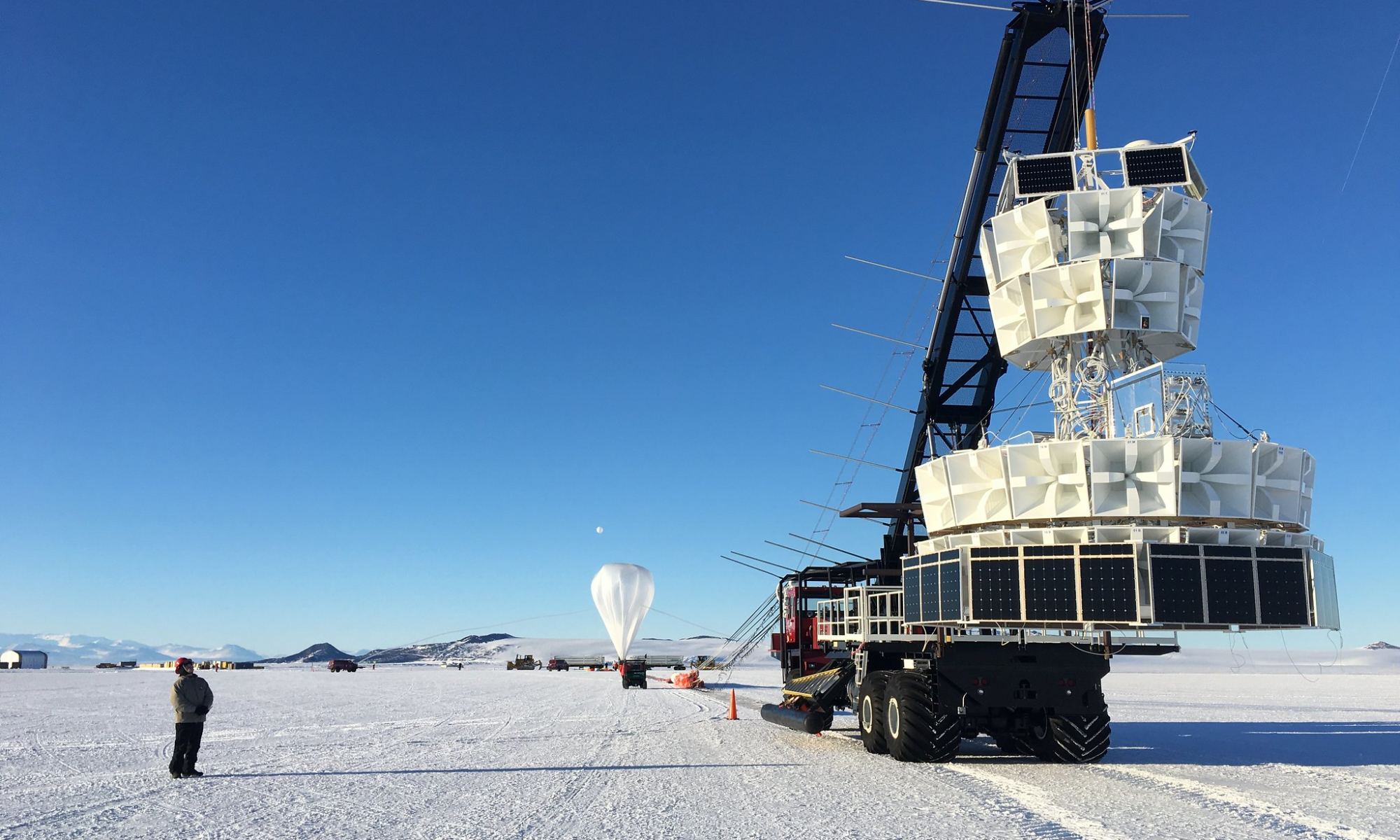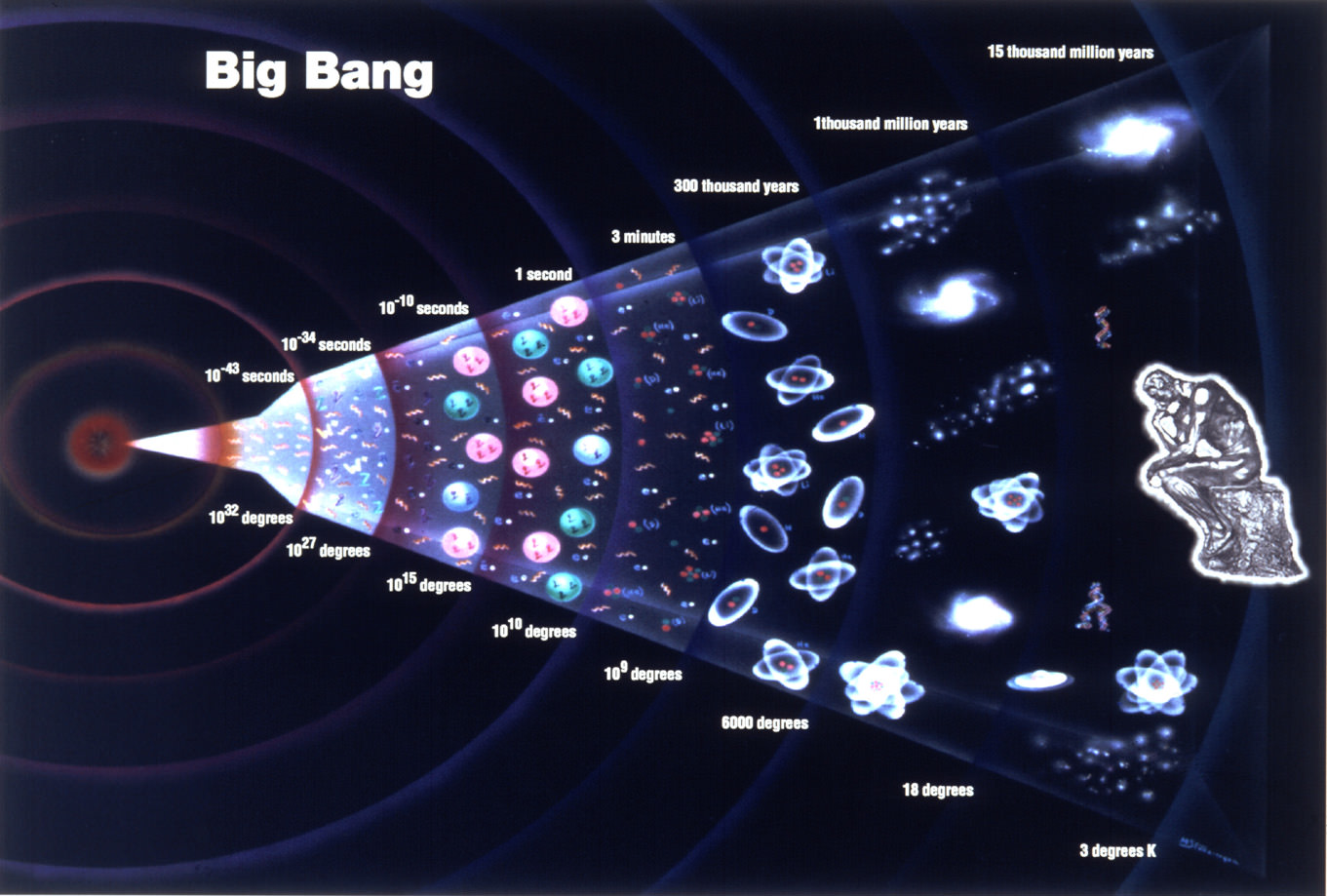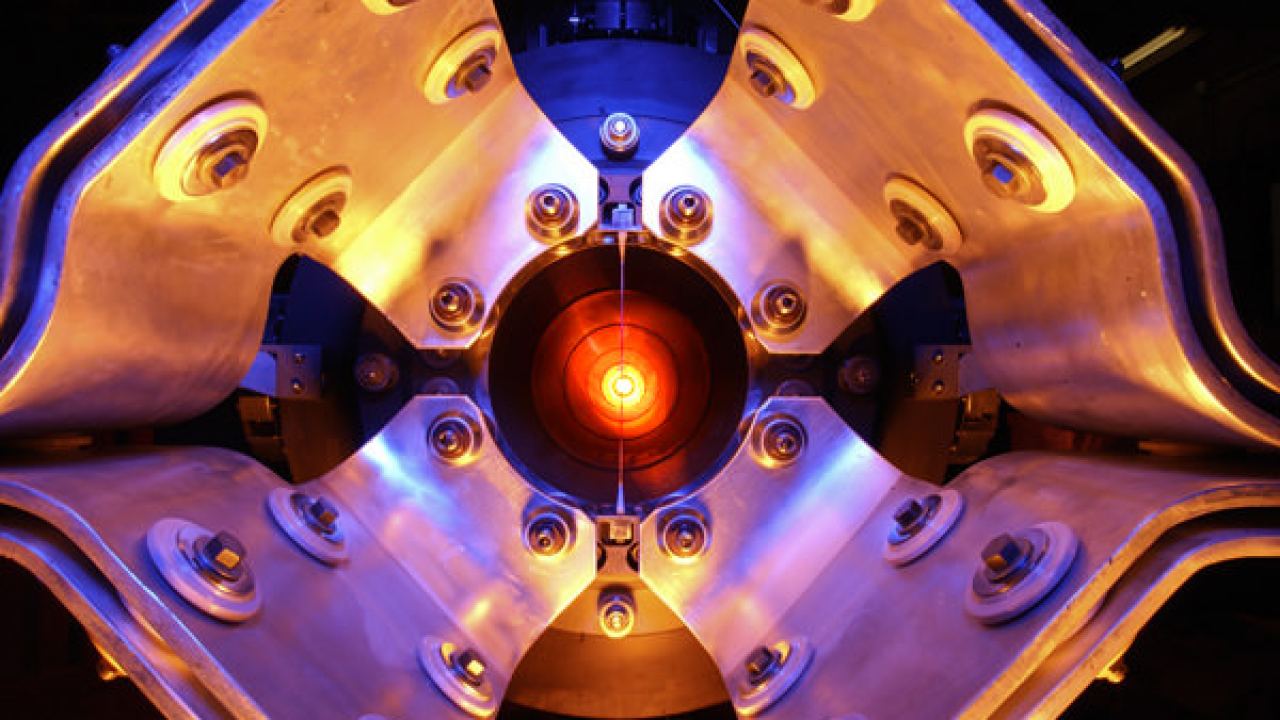The neutrino is a confounding little particle that is believed to have played a major role in the evolution of our Universe. They also possess very little mass, have no charge, and interact with other particles only through the weak nuclear force and gravity. As such, finding evidence of their interactions is extremely difficult and requires advanced facilities that are shielded to prevent interference.
One such facility is the Oak Ridge National Laboratory (ORNL) where an international team of researchers are conducting the COHERENT particle physics experiment. Recently, researchers at COHERENT achieved a major breakthrough when they found the first evidence of a new kind of neutrino interaction, which effectively demonstrates a process known as coherent elastic neutrino-nuclear scattering (CEvNS).
Continue reading “Neutrinos Have a Newly Discovered Method of Interacting With Matter, Opening up Ways to Find Them”
